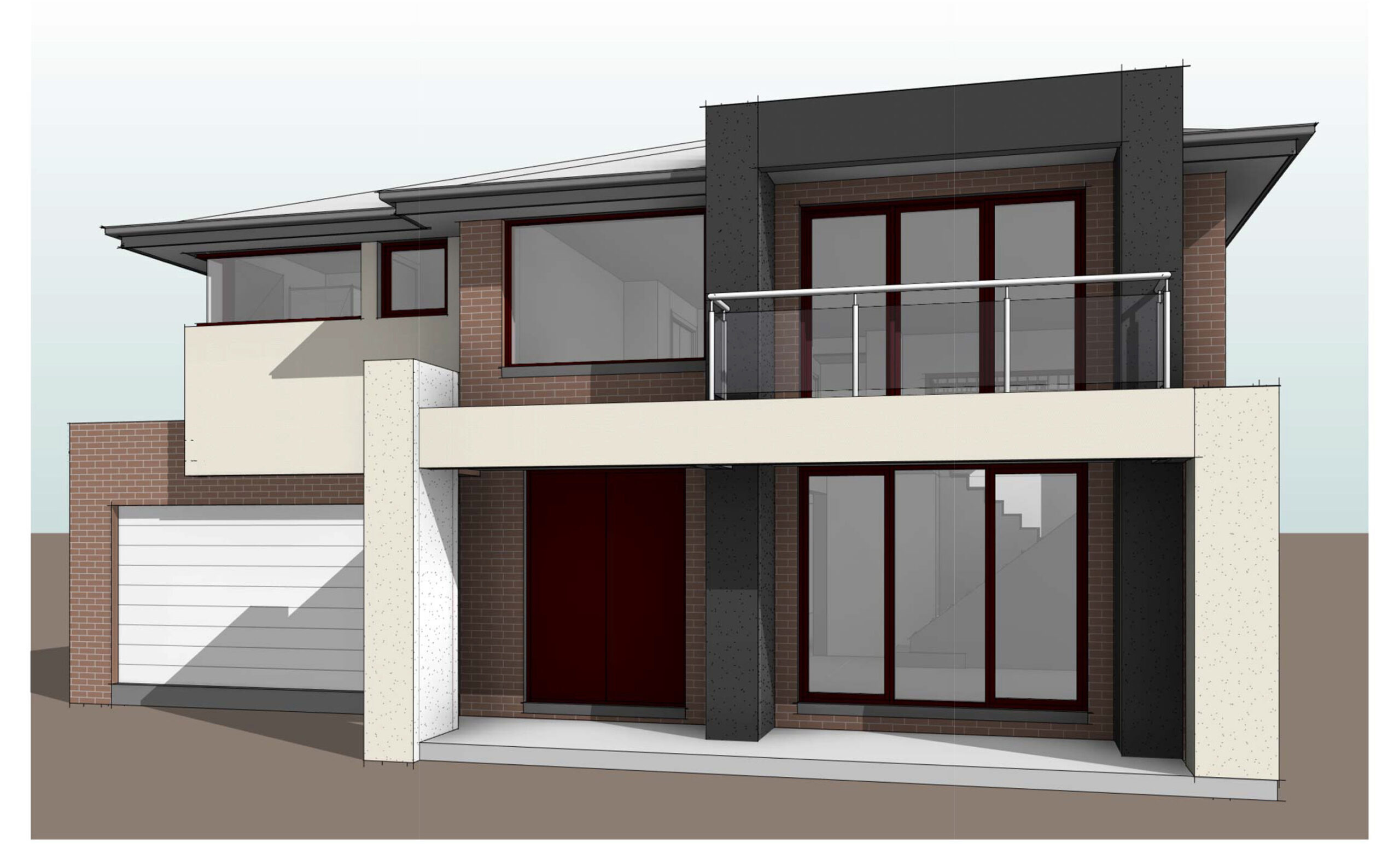Embracing technology: integrating outsourcing and digital tools in creative design
Posted on : May 29, 2023
The world of creative design has witnessed a remarkable transformation in recent years, thanks to the rapid advancements in technology. Today, designers have access to an array of digital tools that enable them to push the boundaries of creativity and streamline their workflows. Additionally, outsourcing has emerged as a valuable strategy, offering numerous benefits such as cost efficiency and access to specialized expertise. This article explores the integration of outsourcing and digital tools in creative design, highlighting the advantages, challenges, and best practices involved in embracing technology to enhance the design process.
-
Introduction
In this digital era, creative design has become more dynamic and complex. The traditional methods of design are being augmented by digital tools that empower designers to bring their ideas to life more efficiently. Simultaneously, companies are recognizing the value of outsourcing certain aspects of design work to leverage external expertise and optimize resource allocation. This article delves into the synergistic relationship between outsourcing and digital tools, demonstrating how their integration can revolutionize the creative design landscape.
-
The Evolution of Creative Design
Creative design has evolved significantly with the advent of technology. Gone are the days of labor-intensive manual processes; instead, designers now rely on powerful software, computer-aided design (CAD) tools, and sophisticated visualization techniques to create stunning visuals and immersive experiences. This section explores the historical progression of creative design and sets the stage for understanding the role of outsourcing and digital tools in its modern iteration.
-
Benefits of Outsourcing in Creative Design
Outsourcing has become a strategic approach for many companies seeking to optimize their creative design processes. This section highlights the key benefits of outsourcing in creative design, emphasizing cost efficiency, access to expertise, and increased flexibility. By leveraging external resources, companies can focus on core competencies while tapping into a global talent pool.
3.1 Cost Efficiency
Outsourcing design tasks can significantly reduce costs, especially for smaller companies or startups with limited budgets. By partnering with specialized design agencies or freelance designers, organizations can avoid the expenses associated with maintaining an in-house design team. This cost-effective approach allows companies to allocate resources to other critical areas of their business.
3.2 Access to Expertise
Outsourcing provides access to a vast pool of design experts who possess specialized skills and industry knowledge. Whether it’s graphic design, UX/UI design, or 3D modeling, outsourcing allows companies to tap into the expertise of professionals with years of experience. These professionals stay updated with the latest design trends and best practices, ensuring high-quality deliverables. By outsourcing design work, companies can access a diverse range of skills and perspectives that may not be available within their internal team.
3.3 Increased Flexibility
Outsourcing offers flexibility in scaling design resources according to project demands. Companies can engage external designers on a project-by-project basis, allowing them to expand or reduce their design capacity as needed. This flexibility ensures that companies can adapt to changing market conditions without the burden of maintaining a fixed in-house team.
-
The Role of Digital Tools in Creative Design
Digital tools have revolutionized the way designers conceptualize, create, and present their work. This section explores the various ways in which digital tools enhance the creative design process, including streamlining workflows, enhancing collaboration, and expanding design possibilities.
4.1 Streamlining Workflows
Digital tools automate repetitive tasks and streamline design workflows, saving designers valuable time and effort. From project management platforms to design software with built-in templates and libraries, these tools enable designers to work more efficiently, resulting in faster project completion and improved productivity.
4.2 Enhancing Collaboration
Collaboration lies at the heart of successful design projects. Digital tools facilitate seamless collaboration among designers, clients, and stakeholders, regardless of geographical locations. Real-time collaboration platforms, cloud-based file-sharing systems, and virtual meeting tools enable teams to communicate effectively, share feedback, and iterate on designs, fostering a collaborative and iterative design process.
4.3 Expanding Design Possibilities
Digital tools empower designers to explore new frontiers of creativity. With the rise of virtual reality (VR), augmented reality (AR), and 3D modeling software, designers can create immersive and interactive experiences that were once unimaginable. These tools open up endless possibilities for innovative design solutions, captivating users and pushing the boundaries of traditional design.
-
Integrating Outsourcing and Digital Tools
To fully harness the benefits of outsourcing and digital tools, organizations must integrate these two components seamlessly. This section provides insights on finding the right outsourcing partner, choosing the appropriate digital tools, and creating cohesive work processes.
5.1 Finding the Right Outsourcing Partner
When considering outsourcing design work, it is crucial to find a reliable and competent outsourcing partner. Companies should assess the partner’s expertise, portfolio, and track record to ensure alignment with their specific design requirements. Effective communication, cultural compatibility, and a collaborative mindset are essential factors to consider when selecting the right outsourcing partner.
5.2 Choosing the Right Digital Tools
The market is flooded with a plethora of digital tools for creative design. To make informed choices, organizations need to evaluate their design workflow, project requirements, and desired outcomes. Factors such as ease of use, compatibility, scalability, and customer support should be taken into account when selecting the most suitable digital tools for their design team.
5.3 Creating Seamless Work Processes
Successful integration of outsourcing and digital tools relies on establishing smooth and efficient work processes. Clear communication channels, standardized file formats, and project management frameworks facilitate effective collaboration between in-house and outsourced teams. By defining roles, responsibilities, and expectations, companies can ensure that the integration process is seamless and productive.
-
Overcoming Challenges
While the integration of outsourcing and digital tools brings significant advantages, it also presents challenges that need to be addressed. This section discusses common challenges and provides strategies to overcome them.
6.1 Communication and Language Barriers
When working with an outsourced design team, effective communication becomes crucial. Language barriers, time zone differences, and cultural nuances can impact collaboration. To overcome these challenges, companies can establish clear communication protocols, such as regular video conferences, utilizing translation tools, and fostering open and inclusive communication channels. Encouraging transparent feedback and maintaining clarity in project requirements can help bridge communication gaps and ensure a smooth collaboration process.
6.2 Maintaining Quality Control
Maintaining quality control is essential when outsourcing design work. To address this challenge, companies should establish clear quality standards, provide detailed design briefs, and conduct regular reviews and feedback sessions. Setting up quality assurance processes, including thorough review checkpoints and design validation, helps ensure that the final deliverables meet the desired quality benchmarks.
6.3 Data Security and Intellectual Property
Outsourcing design work involves sharing sensitive information and intellectual property. Companies must prioritize data security and protect their valuable assets. Implementing confidentiality agreements, conducting background checks on outsourcing partners, and using secure file-sharing platforms can mitigate the risks associated with data security and intellectual property infringement.
Conclusion
The integration of outsourcing and digital tools has revolutionized the creative design industry, enabling designers to unlock new levels of efficiency, creativity, and collaboration. By leveraging the benefits of outsourcing, such as cost efficiency and access to expertise, along with the power of digital tools to streamline workflows and expand design possibilities, organizations can elevate their design capabilities. Despite the challenges, effective communication, careful selection of outsourcing partners, and strategic implementation of digital tools can pave the way for successful integration and drive business growth in the dynamic world of creative design.




